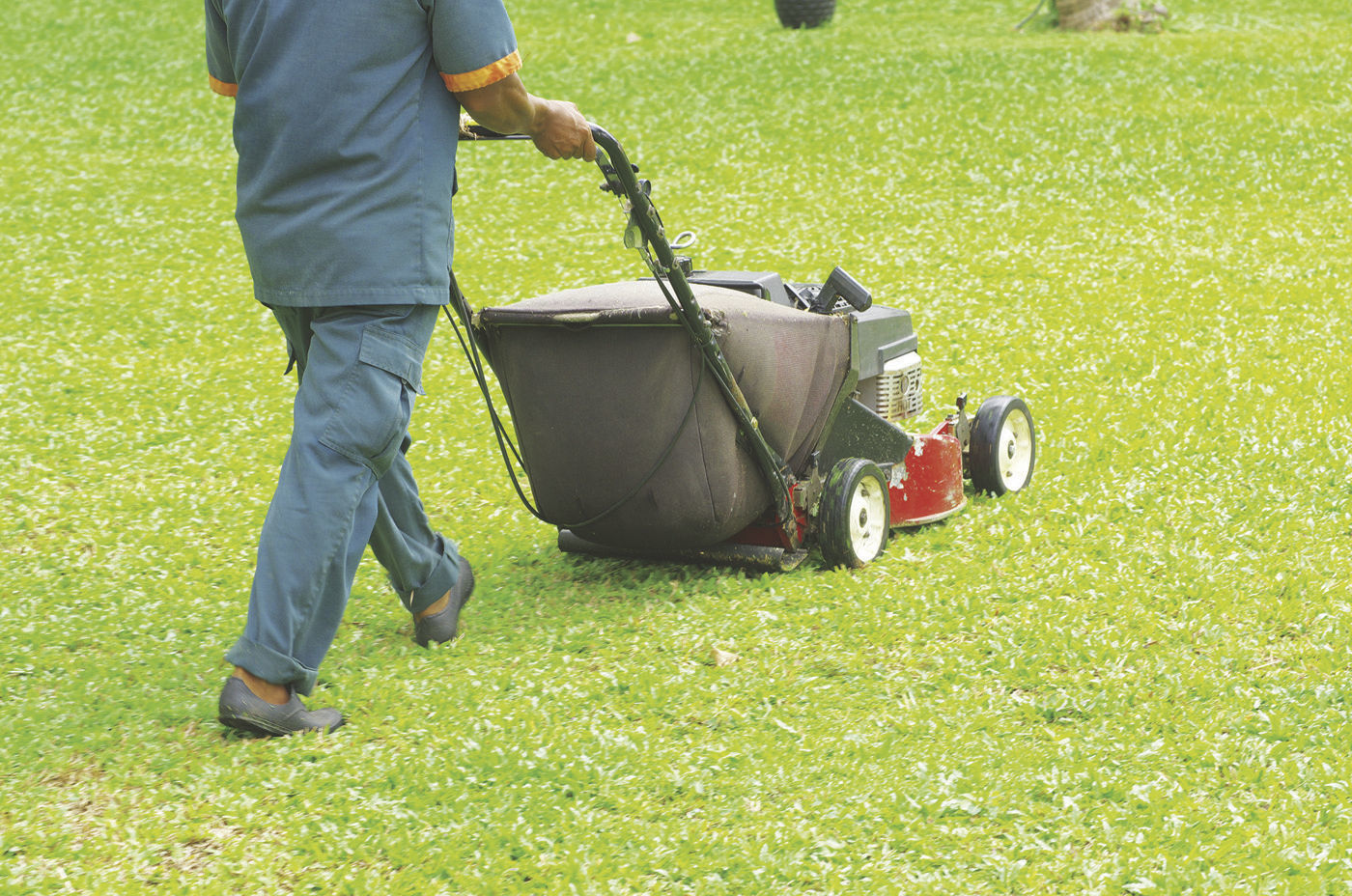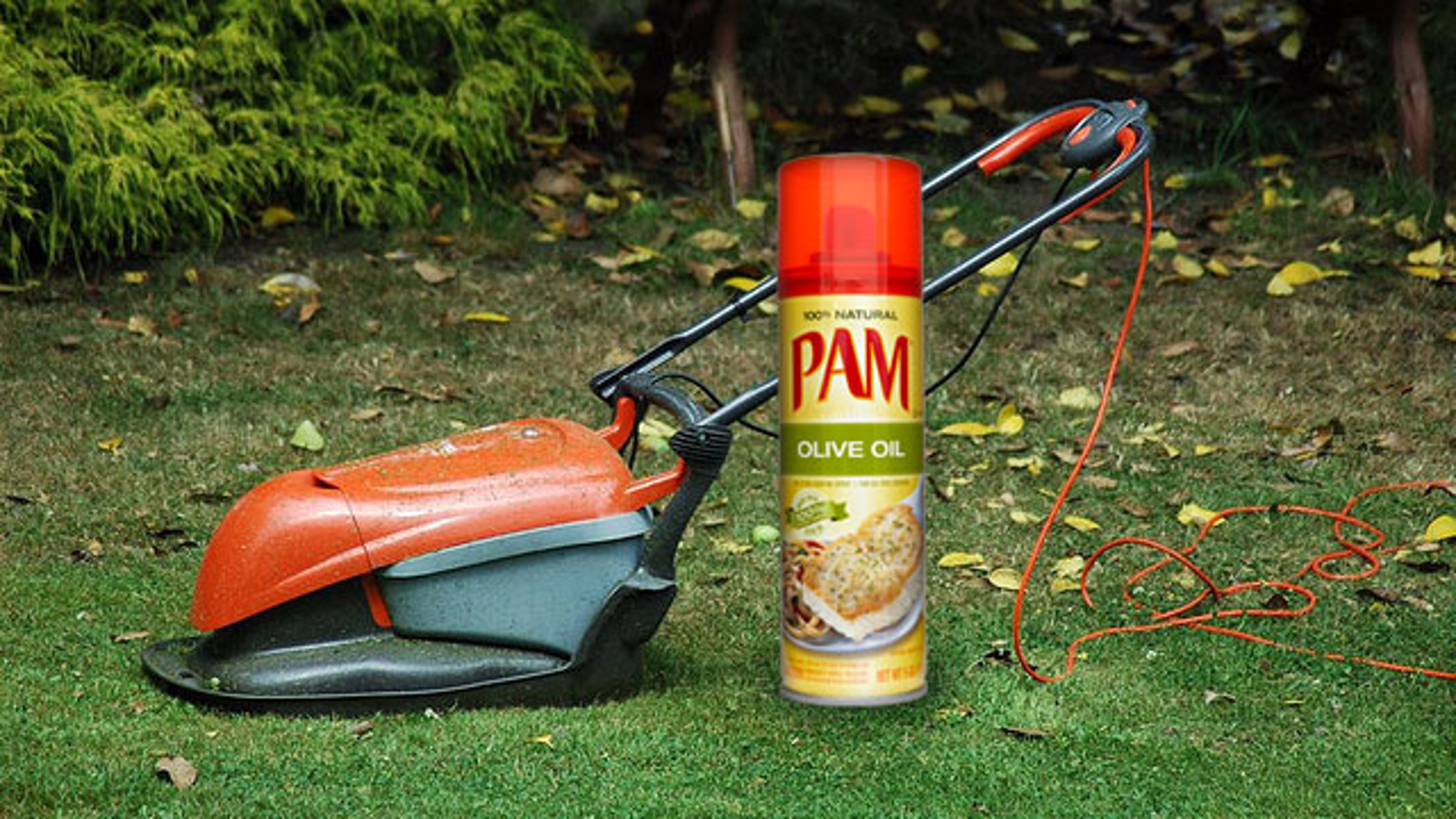

Seaweed is not a plant that will grow in your garden, of course. It can also, however, have a wide range of applications as a multi-use fertilizer which is suitable for a large number of different plants at different stages of their growth.Ĭomfrey is a deep rooted dynamic accumulator, and an incredibly useful plant to grow in your garden for a range of reasons.Ĭomfrey fertilizer tea is rich in potassium, and other essential nutrients for plant growth.Ĭheck out my article here where I explain the entire process for making your own comfrey liquid fertilizer. For example, I tend to use comfrey tea as an alternative to commercially available tomato fertilizers. You will find that comfrey liquid fertilizer is an excellent fertilizer for fruiting plants.

One example of an excellent plant for liquid plant fertilizers is comfrey. In order to create better fertilizer teas, it is best to look a little further afield – out and about in your garden and around your property. Note however, that this should not be added to plants too often, as it can raise the pH in the growing medium. Green tea fertilizer can give a nitrogen boost to aid leafy growth. Green tea, for example, can be brewed not just to drink, but also to feed the plants you are growing. If you are just getting started in your garden, you might be able to use plant-based store cupboard items to make your own fertilizer tea for your new growing areas (or house plants). Note: compost tea can also be used to soak charcoal to make a useful soil amender called biochar for your garden. Here’s our step-by-step guide for making your own compost tea. You can also use it to make a useful, multi-purpose liquid plant feed – compost tea. Once you have created compost, you cannot only add it to growing areas or use it to fill pots and containers. Composting is, after all, the number one way to return nutrients to your growing areas. If you do not already have a composting system in place, it is important to create one. You can make a simple cold composting system, a hot composting system, or, for example, engage the help of worms in vermicomposting. Vegetable Scraps Compost Teaįirst of all, however, we should note that another excellent way to turn plants into a liquid fertilizer is by composting them first.įruit and vegetable scraps and other organic waste can be composted in a number of ways. You add your plant material to water, leave it to stew, then strain it, dilute it, and use it on your garden growing areas. In this article, we’ll take a look at ten fertilizer teas you can make from weeds and other plants.Īll of the fertilizer teas listed below (except the first one) are made in roughly the same way. But one other way you can use them is as a liquid plant feed, or fertilizer tea. You can use them as a chopped and dropped mulch, or add them to your compost heap. There are a number of different ways that you can take the nutrients stored in plants and return them to the soil where they can be taken up by other plants. In an organic garden, one of the most important jobs is returning nutrients to the system.


 0 kommentar(er)
0 kommentar(er)
